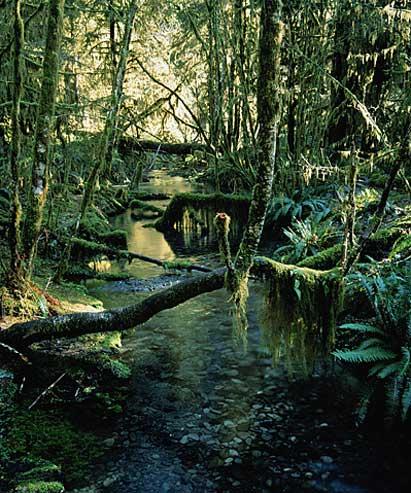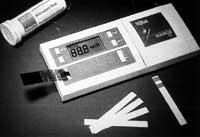Measure the importance of waterfalls and streams
2001/04/06 Elhuyar Zientzia

In fact, due to human influence, such as fertilizers used in agriculture, the amount of nitrogen in terrestrial and aquatic ecosystems is increasing. When terrestrial ecosystems are saturated with nitrogen, it is poured into rivers, lakes and bays. Thus, algae that metabolize nitrogen multiply too much and, by preventing oxygen and light from reaching greater depths of water, other plants and animals also perceive the shortage of oxygen and light.
According to the study conducted in the United States, streams and streams that are poured into rivers and lakes are very important in their smallness because of their ability to assimilate 50% of inorganic nitrogen. It seems that the size of the water stream is related to efficiency in processing and nitrogen uptake, and in small waterfalls and streams the nitrogen cycle is faster.
In short, the nitrogen cycle that occurs in the water is as follows: a quantity of nitrogen that reaches the water is assimilated by anaerobic bacteria and the rest is food of algae, bacteria and fungi. Insects and fish feed on them and when plants and animals die, nitrogen returns to float between other rotting matter.
However, small water streams are strongly affected by external attacks and are very sensitive. In addition, its danger is increasing due to the construction of channels and dams and the continuous growth of the amount of agricultural and urban waste discharged to these waters. In addition, tourism and the pressure of leisure are increasing. Taking all this into account, it is essential to be aware of the importance and need to preserve small rivers and water courses.

Gai honi buruzko eduki gehiago
Elhuyarrek garatutako teknologia






